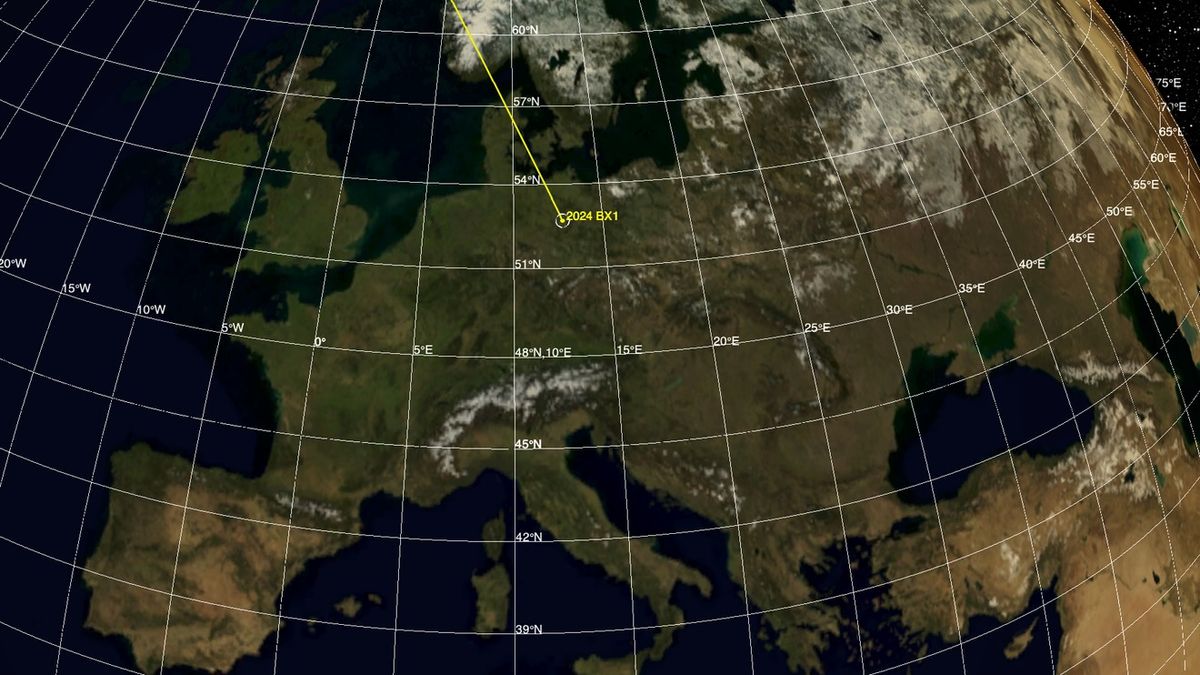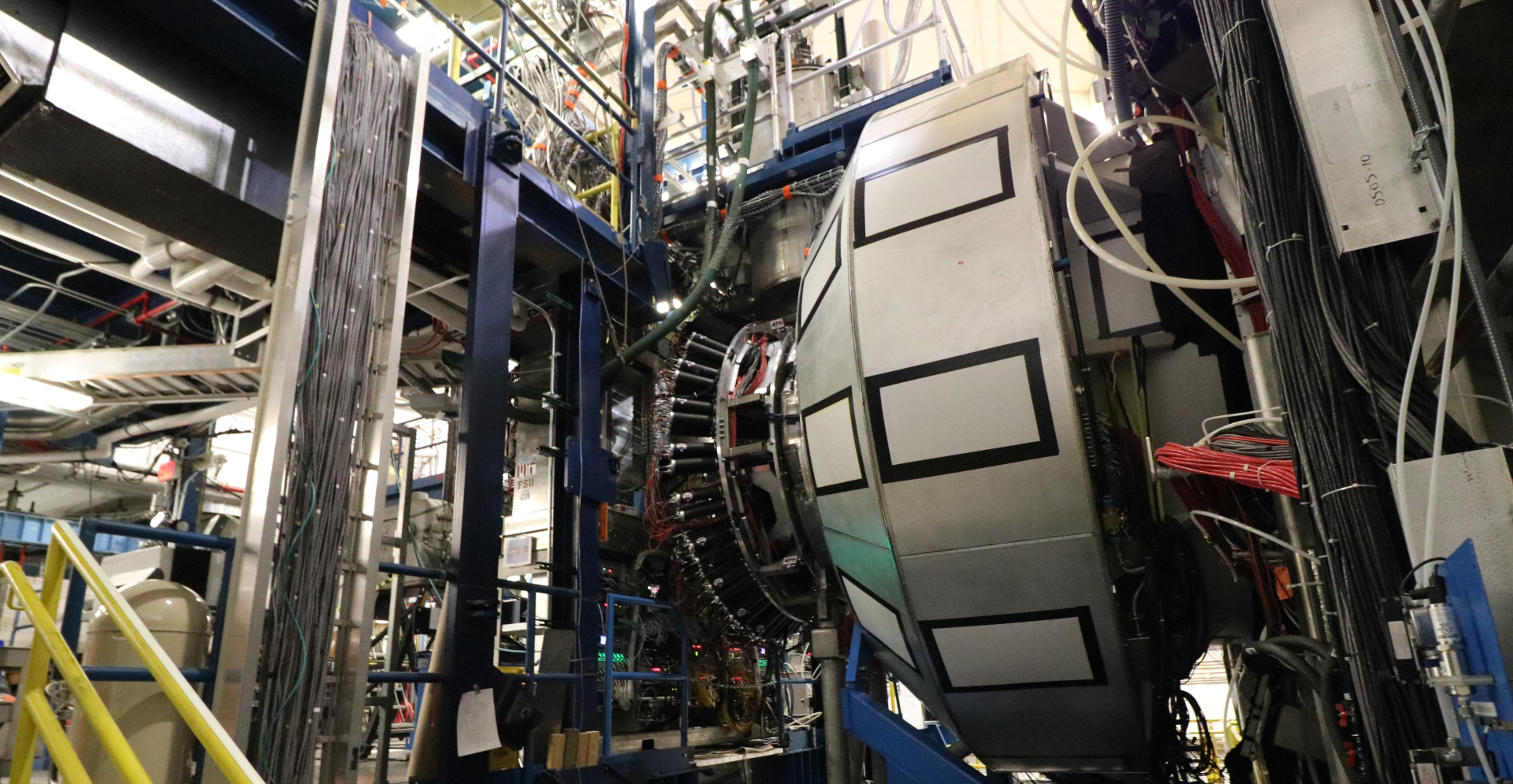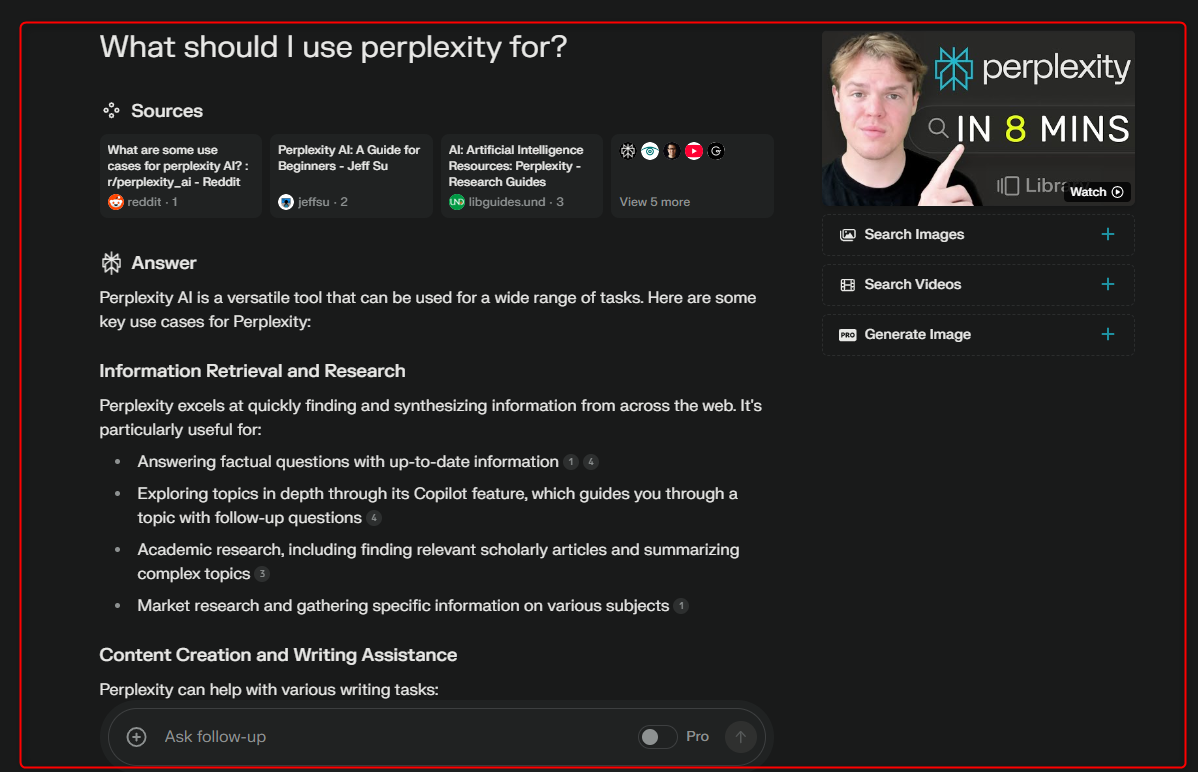Researchers successfully predicted the collision of a small asteroid over the weekend, demonstrating a capability that will prove crucial if a larger, more perilous space rock poses a threat to Earth. Early Sunday morning (Jan. 21) German time, a roughly 3.3-foot-wide (1 meter) asteroid disintegrated in Earth’s atmosphere near Berlin, creating a fireball visible to observers across Europe. NASA was aware of its trajectory and informed the public to be alert. NASA posted via X at 7:08 p.m. EST on Saturday (Jan. 20), 24 minutes before the collision, that a small asteroid would disintegrate as a harmless fireball near Nennhausen shortly at 1:32am CET. (CET, or Central European Time, is six hours ahead of EST.)Related: Planetary defense: Protecting Earth from space-based threatsThe asteroid, designated 2024 BX1, had been spotted less than three hours earlier by Krisztián Sárneczky at the Piszkéstető Mountain Station of the Konkoly Observatory near Budapest, Hungary. 2024 BX1 was only the eighth asteroid to be discovered before impacting our planet, according to NASA officials. The course of the asteroid was accurately plotted by the Scout hazard-assessment system, operated by the Center for Near Earth Object Studies (CNEOS) at NASA’s Jet Propulsion Laboratory in Southern California. Scout successfully anticipated the collision time within one second and the location within 330 feet (100 meters), according to NASA officials. But Scout didn’t work alone. The program utilized data from the International Astronomical Union’s Minor Planet Center (MPC), the central hub for asteroid and other small body observations in our solar system. Sárneczky had forwarded his 2024 BX1 data to the MPC, as did other observers who began tracking the space rock after its initial discovery. “Seventy minutes after 2024 BX1 was first observed, Scout reported a 100% probability of Earth impact and began to narrow down the location and time,” NASA officials stated. “As tracking continued and more data became available over the next hour, Scout improved the estimates of the time and location.” That location was about 37 miles (60 kilometers) west of Berlin. Agency officials suggested there may be fresh meteorites on the ground in that area, tiny remnants of 2024 BX1 that survived its journey through Earth’s atmosphere. Monitoring potentially hazardous asteroids is one of NASA’s primary responsibilities. Congress has tasked the agency with identifying and tracking at least 90% of all near-Earth space rocks that are at least 460 feet (140 meters) wide — large enough to cause significant issues if they were to collide with our planet. Larger asteroids are easier to detect than 2024 BX1, so we would likely have a more significant advance warning of an impact than we did over the weekend. However, the process would probably be similar, with Scout generating and refining impact predictions based on expanding observations. Then, of course, decisions would have to be made regarding how to handle the threat from above.
How NASA Forecasted the Asteroid Collision Over Germany














